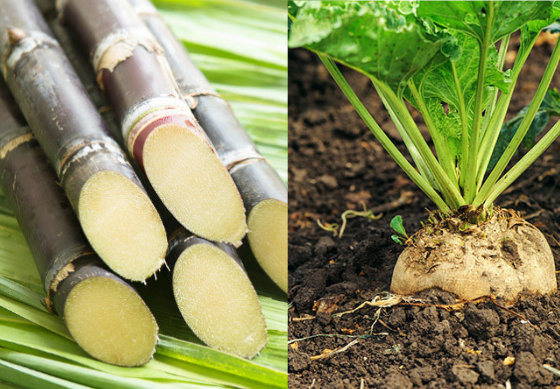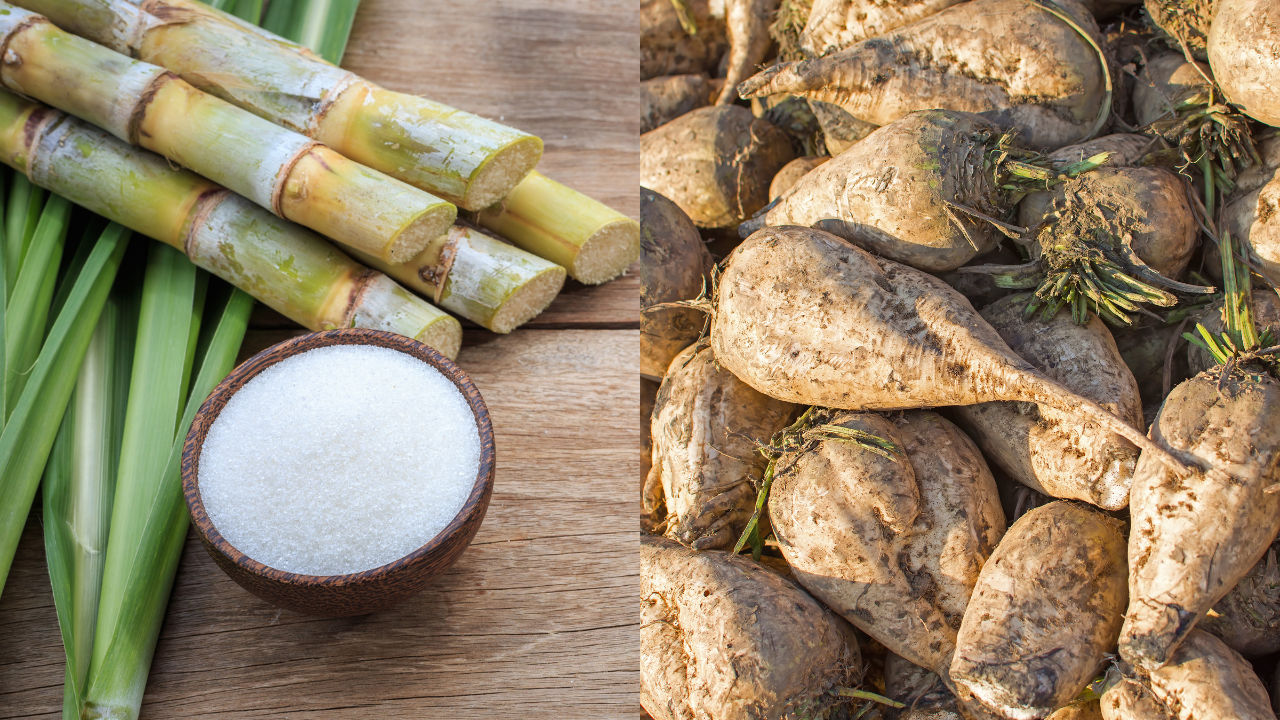Some people prefer beet sugar vs cane sugar for its believed health advantages and purity.
Some people prefer beet sugar vs cane sugar for its believed health advantages and purity.
Blog Article
Discover the Uses and Benefits of Beet Sugar Vs Cane Sugar in Your Daily Diet
Checking out the distinctive qualities of beet and cane sugar discloses even more than simply their sweetening capacities; it highlights their special influence on wellness and cookeries. Beet sugar, recognized for its subtle taste, is typically favored in fragile treats, whereas cane sugar, with its hint of molasses, adds splendor to durable recipes. Each kind holds its own dietary profile and glycemic implications, inviting a deeper understanding of their roles in a well balanced diet plan and lasting usage methods.
Origin and Manufacturing Processes of Beet and Cane Sugar

The distinct environments and dirt types needed for growing sugar beets and sugarcane add to distinctions in their farming techniques and geographical distribution, influencing the economics and sustainability of their manufacturing. beet sugar vs cane sugar.
Nutritional Comparison Between Beet Sugar and Cane Sugar
In spite of originating from different plants, beet sugar and cane sugar are nutritionally very comparable, both largely containing sucrose. Each offers about 4 calories per gram, translating to approximately 16 calories per teaspoon. Structurally, both sugars are made up of roughly 99.95% sucrose, with very little quantities of various other materials like dampness and trace minerals, which do not significantly change their nutritional profiles.

Inevitably, when choosing in between beet sugar and cane sugar based upon dietary material alone, both offer identical benefits and disadvantages as they are basically forms of the very same particle-- sucrose, supplying quick energy without various other nutrients.
Effect on Health: Glycemic Index and Caloric Material
Exploring further into the effects of beet sugar and cane sugar on health and wellness, it is crucial to consider their glycemic index and calorie content. Both sugars are identified as sucrose, which includes sugar and fructose. This structure leads them to have a similar influence on blood sugar levels. The glycemic index (GI) of both beet and cane sugar is around 65, classifying them as high-GI foods, which can create fast spikes in blood sugar degrees. This is a vital element for individuals managing diabetic issues or those attempting to stabilize their power levels throughout the day.
Each sort of sugar contains about 4 calories per gram, making their caloric material equivalent. For those keeping track of calorie consumption, particularly when handling weight or metabolic wellness problems, understanding this equivalence is crucial (beet sugar vs cane sugar). Nonetheless, extreme consumption of any kind of high-calorie, high-GI food can add to health issues such as obesity, cardiovascular disease, and insulin resistance.
Environmental and Economic Considerations of Sugar Production
Beyond wellness influences, the manufacturing of beet and cane sugar likewise elevates considerable ecological and financial problems. Sugar beet growing has a tendency to call for cooler environments and has a lower geographical impact contrasted to sugar cane, which prospers in tropical areas. However, both crops are intensive in regards to water usage and land profession, possibly resulting in logging and water deficiency. Economically, the worldwide sugar market is highly unstable, affected by changes in global profession policies and subsidies. Several more helpful hints nations incentivize sugar manufacturing i was reading this through economic assistance, skewing market value and affecting small-scale farmers adversely.
Furthermore, the use of pesticides and fertilizers in both beet and cane sugar growing can cause soil destruction and contamination, further influencing biodiversity and regional water bodies (beet sugar vs cane sugar). The option between growing sugar beet or cane often depends upon neighborhood environmental problems and economic variables, making the sustainability of sugar manufacturing a complex issue
Culinary Applications and Flavor Distinctions
While the ecological and economic elements of sugar production are indeed significant, the selection between beet and cane sugar likewise affects cooking applications and taste profiles. Beet sugar, obtained from the sugar beet plant, is known for its extremely neutral preference.
Cane sugar, extracted from sugarcane, typically preserves molasses traces, which pass on a distinctive splendor and depth. The slight variation in moisture material in between beet and cane sugar can impact the texture and consistency of meals, making cane sugar a recommended choice for specific recipes that profit from its unique buildings.

Conclusion
Finally, both beet and cane sugar have distinct beginnings and production processes, providing similar nutritional profiles with slight differences in sodium content This Site and flavor. While their effect on health and wellness, specifically concerning glycemic index and calories, is similar, the selection between them frequently comes down to environmental, financial elements, and details culinary demands. Recognizing these facets can direct consumers in making informed choices that align with their wellness goals and taste choices.
Report this page